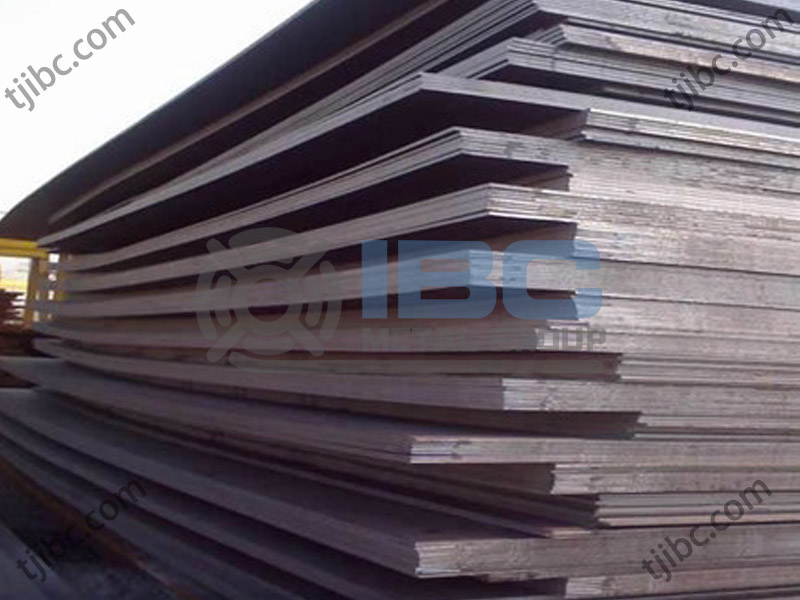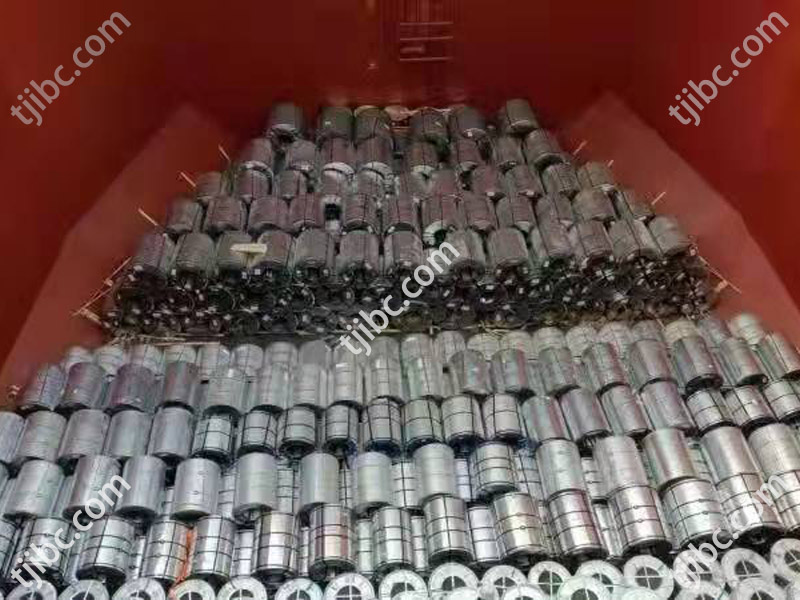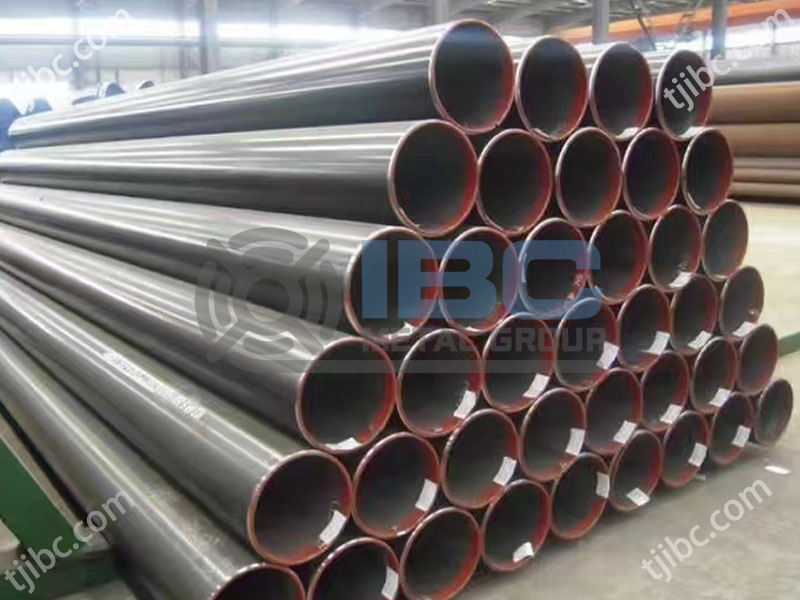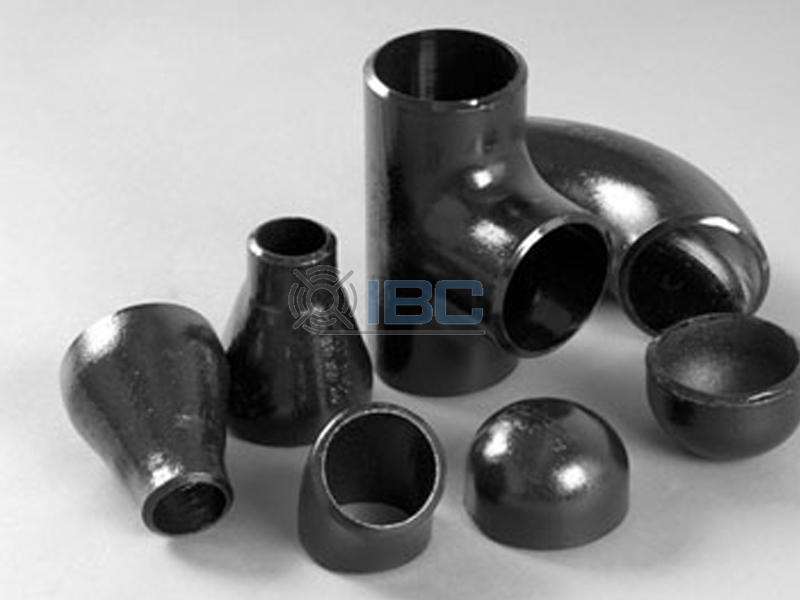Performance Characteristics of Gear Steel
High strength and high hardness: After proper heat treatment of gear steel, the tensile strength is generally above 1800MPa. At normal temperature, its hardness value can reach 340~460HBW. This makes it ideal for manufacturing gears that need to withstand high stress and wear.
High toughness: It is not only hard but also tough, with good impact resistance. It can also maintain a stable working state under complex working conditions.
Good hardenability: Hardenability refers to the ability of steel to obtain a hardened layer depth during quenching. This kind of steel usually has good hardenability. This means that they can obtain a uniform hardness distribution over a large cross-section.
High temperature creep: under high temperature conditions, it can maintain high strength and stability. This is particularly important for gears that operate at high temperatures.
Good corrosion resistance and processability: It also has certain corrosion resistance and good processing performance. This facilitates processing and manufacturing.
Advantages of Gear Steel
Improve transmission efficiency: Its high strength and hardness can ensure that the gear maintains stable performance during transmission, reducing energy loss and improving transmission efficiency.
Extended service life: This steel has good wear resistance and fatigue resistance. Therefore, it can significantly extend the service life of the gear and reduce the frequency of replacement and maintenance.
Equipment safety: Gear is a key component in many mechanical equipment, and its performance directly affects the safety and reliability of the equipment. Gears made of high-quality gear steel ensure stable operation of equipment under harsh conditions. In addition, the risk of breakdowns and accidents can be reduced.
Care and Maintenance
Proper lubrication: Proper lubrication is the key to reducing gear wear and noise and improving transmission efficiency and life. The appropriate lubricating oil should be selected according to the use conditions of the gear, load, speed and ambient temperature. Workers should fill and replace in strict accordance with the requirements.
Periodic inspection: Check the gear status regularly. Including the wear of the tooth surface, whether the tooth shape is complete, whether the tooth spacing is consistent, etc. This allows potential problems to be identified early and action taken accordingly.
Cleaning and maintenance: Regularly clean the gear surface and lubrication system to prevent dust and debris from entering. This reduces wear and corrosion. When cleaning, workers should be careful not to scratch or damage the gear surface and coating.
Adjust the clearance: adjust the gear clearance according to the wear condition of the gear and the use requirements. This improves transmission efficiency and stability.
Replace wear parts: For gear and accessories with serious wear, workers should replace them in time. This prevents the expansion of faults and affects the normal operation of the device.

Contact with us today!



